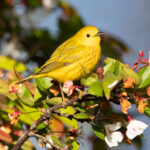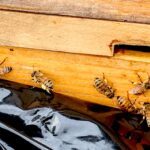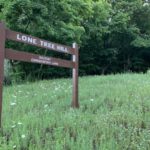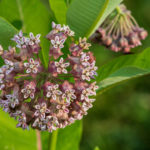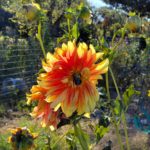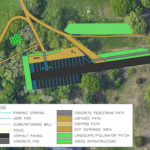
By Jeffrey North Victory gardening in Belmont has never been more popular (local food production activity during World War II notwithstanding). One of the largest and oldest continuously active community gardens in the Boston area, Belmont’s Rock Meadow Victory Gardens consists of 132 garden plots of varying sizes, typically ranging from 12 by 12 feet to 50 by 50 feet. The gardens cover about three acres of land at the Rock Meadow Conservation Area along Mill Street, between Trapelo Road on the south and Winter Street on the north. After glaciers retreated 10,000 years ago, Native Americans burned the land [READ MORE]


